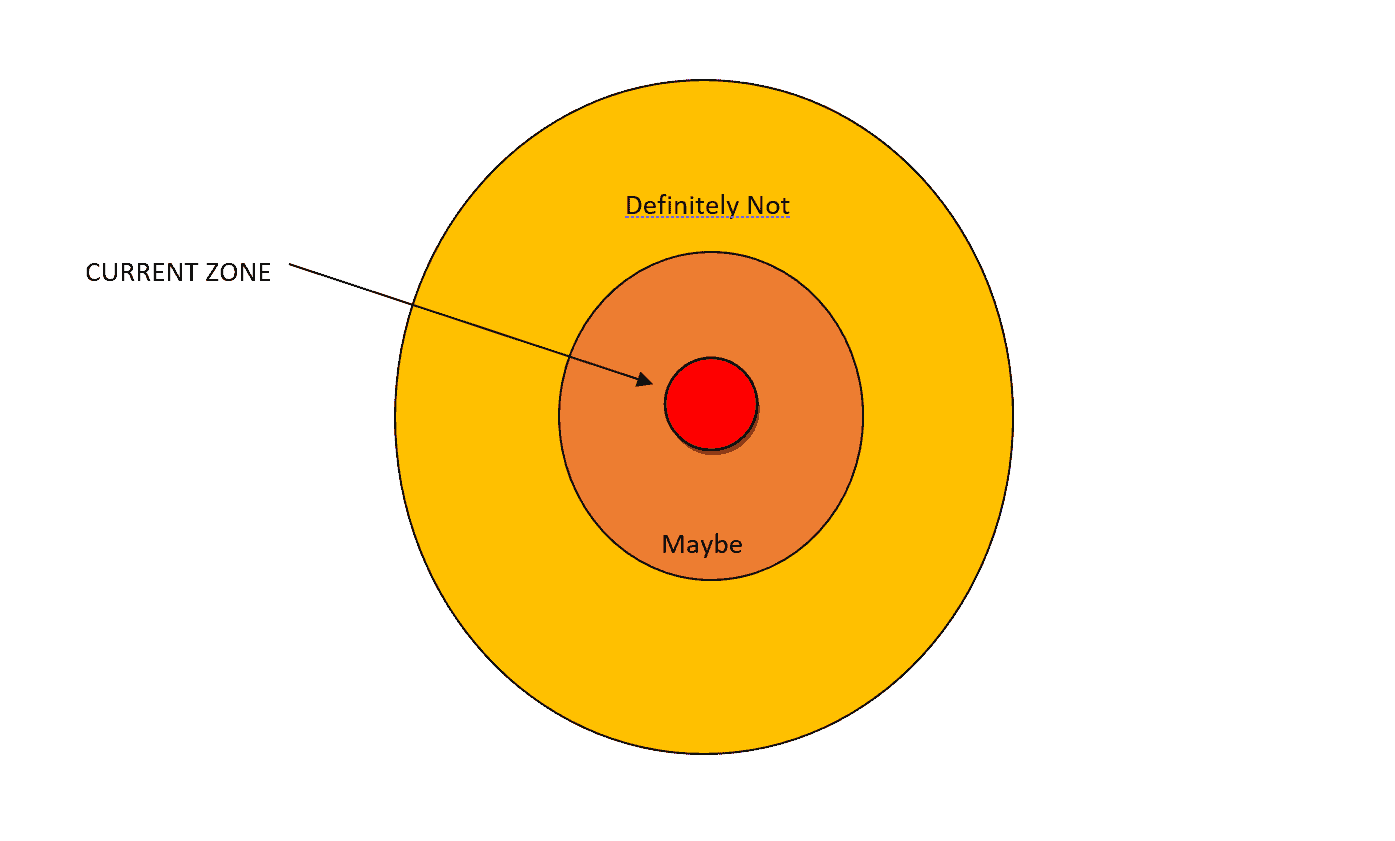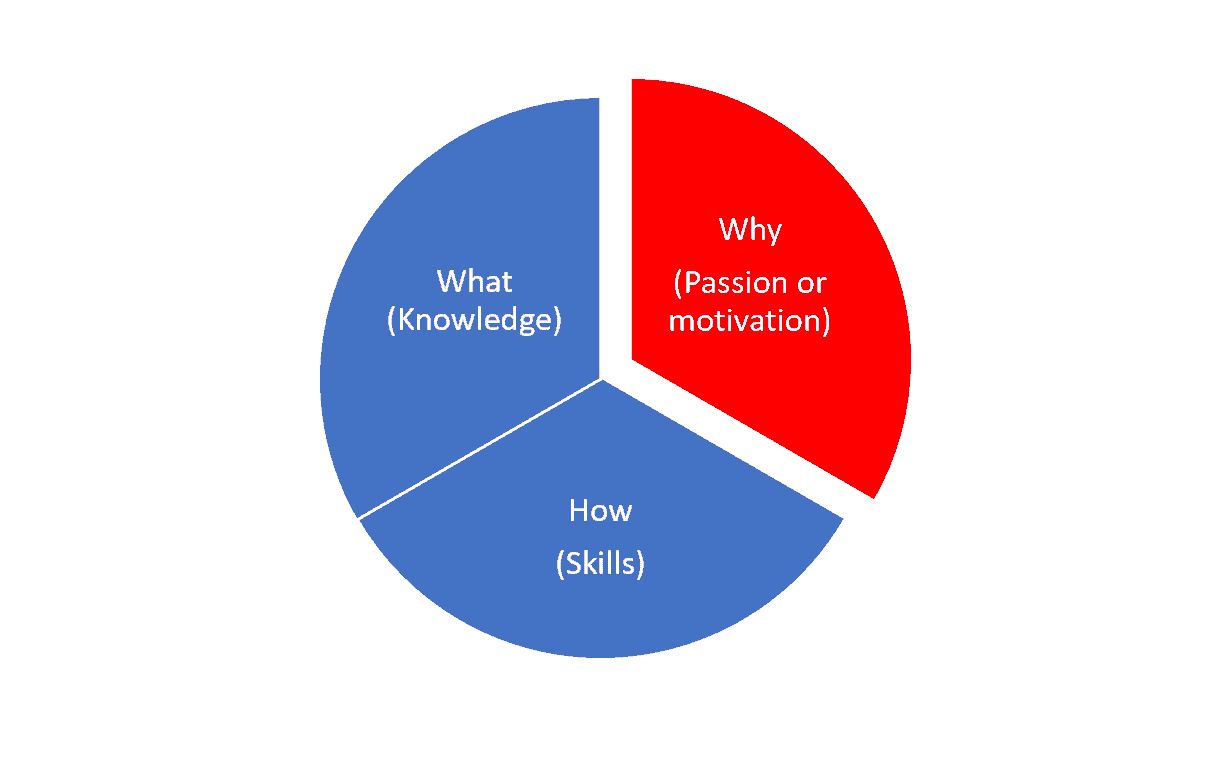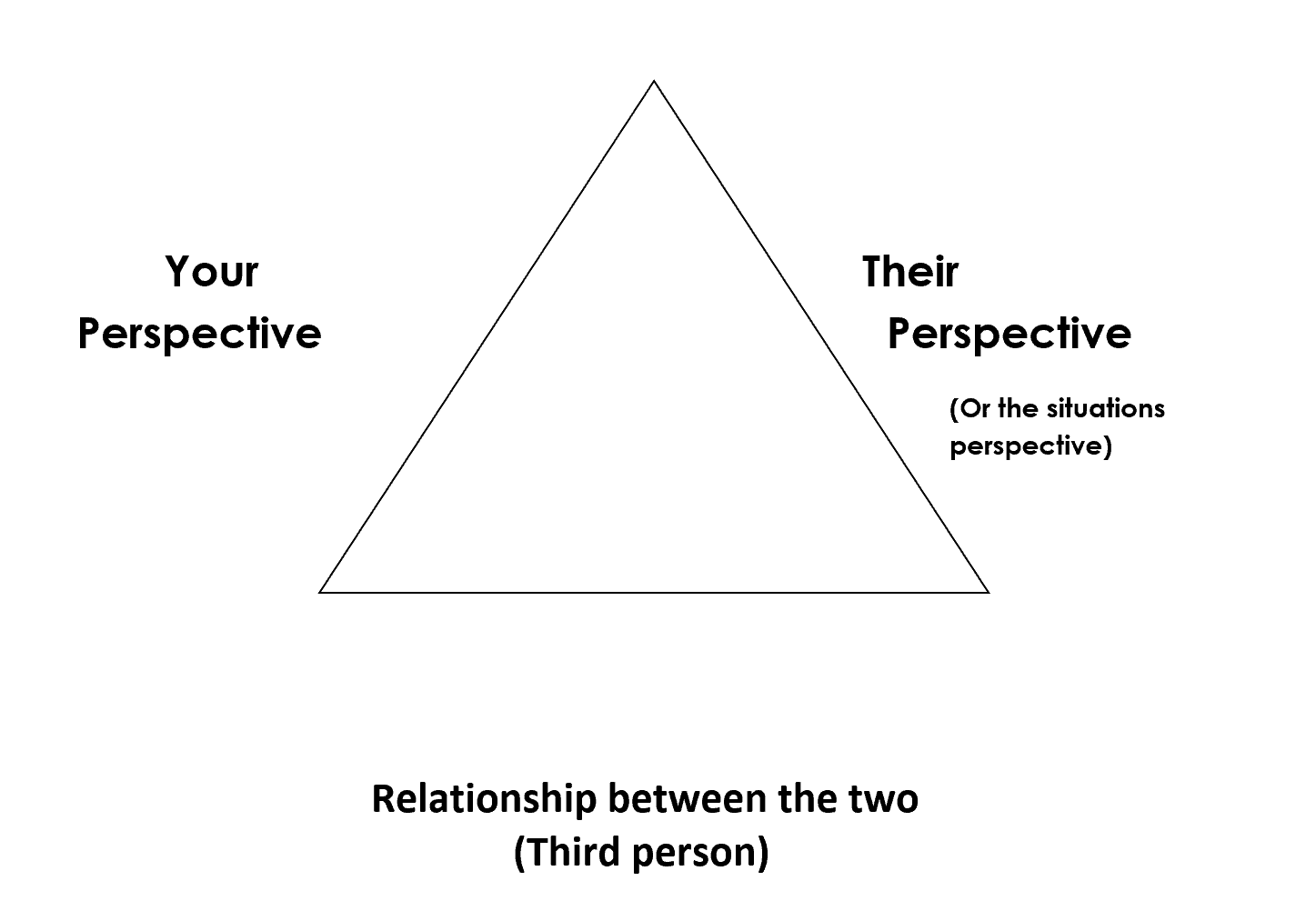Adaptive Leadership
How to Diagnose, Mobilise and Lead From a Balcony View
In todays ever changing business environment leaders face a multitude of challenges that require innovative problem solving approaches. Adaptive leadership, a style of leadership that emphasises flexibility and resilience is gaining recognition as a tool in successfully navigating these challenges. This article explores the concept of leadership highlighting its role in problem diagnosis and providing insights into mobilising and motivating teams to achieve optimal performance. By embracing the principles of leadership leaders can guide their organisations towards adaptability, resilience and long term success.
Within this article we will delve into the steps involved in leadership when addressing problems; Step 1; Diagnosing the Problem, Step 2; Mobilising Your Team; Expanding Comfort Zones for Future Growth, and Step 3; Taking a Balcony View in Leadership
Step 1. Diagnosing The Problem
- Use different format questions to identify issues.
Using one of each will help you gain more understanding from different perspectives. What, Where, When, How, Why, Who.
- Use T.E.D in investigative questioning.
(Tell, Explain, Describe) examples include “Tell me about the situation”, “Explain to me what has happened”, “Describe to me how this affects the team”.
- The 5 Whys.
To understand if you have located the Root Cause ask the “Why” question several times and dig in deeper until you find the root cause. For example, If I am late for work, ask why, then you may find my alarm didn’t go off, so again you ask why, then you find out the battery was dead, so you ask why again, then you find out I didn’t check it. So the issue really is I am not doing my checks enough to avoid causing issues.
- Planning more can make action time less.
By taking the time to sit down and focus on a good plan, you are then being able to find the right resources and brainstorm. This in turn can help the rest of the leadership as you have everything up front and ready.
Step 2. Mobilising your Team: Increasing Comfort Zones for future ability
The ability to push yourself out of your comfort zone will help you experience things that you would have not normally experienced. The rewards are greater the more someone is prepared to push themselves. Failure is also experienced in unchartered areas however the experience is character building, exciting and more rewarding if successful. Building employees comfort zones will make them more resilient and adaptable in future crisis.
- The “current comfort zone” is where we would normally operate within.
- The “maybe zone” is things we may possibly do depending on circumstance and feeling at the time.
- The “definitely not’s zone” are areas in which we would not think to push ourselves or out of our confidence, zone.
If we push ourselves to the maybe zone, this zone then becomes our new boundary and new comfort zone. In turn, the definitely not zone is pushed out and our ability and current comfort zone grows. This will help for future adaptability.
Mobilising your Team: Success and Capability
It is important to realise what makes someone capable and also the resources they need to get the job done. Below are the 3 areas for success. Knowledge, Skills, and Passion. It is great to have all three, however without the desire the skills and knowledge don’t get put to good use. In fact, the benefits of increasing the drive and motivation in your team will help you enhance the ability to complete the task.
The desire or passion is great to encourage as it makes people more capable even without knowledge or skills, as people with passion will find the resources or knowledge to do the things they need to do, in fact they even may find a better more innovative way as they don’t follow a set path.
Developing and increasing the internal motivation can help improve all task performance, motivation, positivity, resilience, and collaboration.
Mobilising your Team: Using Questions to Help Inspire or Direct
Sometimes the use of a statement at times can cause defensiveness or conflict. It is important to carefully word your statement when providing instruction. At times you may find you will actually be better to use a question to lead the employee to the conclusion and to gain commitment or inspire activity.
For example, you wish to tell an employee that their tardiness at work is affecting other team members. You could choose to do this several ways.
- Tell the employee “As you are late, this affects others you work with” or
- Use a question “How do you Feel your lateness affects your co-workers”
The second example above allows the question to be internalised, which in turn can change behaviour and help the employee see the impact they are having on other team members.
Do not use a question if you haven’t already thought about the response. It may seem condescending, or you may reach a reaction you haven’t pre-thought about. By starting at your result or the conclusion you wish you reach, you can prepare and make sure the intention is clear without offending the individual.
Results you wish to reach (is it control?, is it suggestion?, is it for internalisation?, is it to help the employee feel or recognise something? etc. Find your purpose first. Then use the right questions to assist the employee to get there. (Keep focusing on task and carefully word questions to reach goal.)
For example, rather than say ‘Are you able to do this” you may wish to also add “for me” to the sentence to have the question more personal impact.
Ask yourself the question and see what the answer you would reply with. If it is good, without a condescending nature, or negative outcome, it can be used. If you find the result will be negative don’t ask it and find another route. Questions are like roads, some are comfortable, some are a little more direct. Choose carefully.
Example:
Another example may be that you work in a hotel and want a customer to feel that you really care about their stay. In the start of their stay, you may have the opportunity to offer to assist with their bags. There is nothing wrong with any of the examples below, but this will demonstrate how different questions or statements will feel differently from the customers perspective. Also, some words are changed to show you how it can change the strength of the question.
- Can I help you with you bags (yes or no response, help= nothing for the customer to do)
- Would you like some assistance with your bags (Would you= desire, Assistance =customer to also provide some action)
- Let me take your bags (Full control taken from customer, Let me= personal effort)
- Why don’t we help you with your baggage (Why don’t we= Suggestion)
Mobilising your Team: Be Hard on Tasks, Not on People
This is important also especially when using questioning techniques. We wish to remove any remarks around the individual and concentrate on the task at hand and the performance that is expected. Some tips on correctly communicating without offending or appearing condescending are below:
- Remove the word “You” as much as you are able to. For example, instead of saying “You need to do this” say “We need to complete this” Making a “you” statement pushes across responsibility and pressure. Using the term “we” will make it feel 50/50.
- Keep focusing on the task when conversing, to avoid becoming condescending. For example. If you had to advise someone that they should have done something like read their schedule you should focus more on the schedule importance rather than their failure of reading it.
Example:
An example of this was an insurance company had to advise their customer that they failed to recognise they were making a claim for something they were not covered or entitled for under their policy.
Instead of saying “Mr. Smith you haven’t read the documents. Or Mr. Smith you don’t understand, or Mr. Smith you have read it wrong. Or Mr. Smith you are making a false claim (Incorrectly focusing on the person)
The call center agent could say “Mr. Smith Did you receive the documents”, “Mr. Smith were you able to read the documents”, or “Mr. Smith do you understand that your insurance claim details are based in that document” (Concentrating on the document and not the failure of Mr. Smith)
This helps instruct the customer of their obligations, without telling them about their failures. Mr. Smith would in turn then correctly locate the root cause of the issue himself and allow the call centre person to then decline the claim while minimising any conflict or personal offence.
Another example is an employee may be untidy at work. Instead of saying “YOU are untidy”, or “You need to do something about your appearance” Asking the questions” Am I able to assist with your uniform” or “Is there something we can do to assist in increasing the presentation level” Focusing on the issue, not the person.
Other examples would be
- Are you able to raise the professionalism of your uniform (For me)
- Can you help me understand why your (remove your) the uniform is like that?
- Would you be able to correct with the presentation of the uniform? (Allowing the response to land on the thought- Yes, I can correct my uniform)
The reason why it can be beneficial to use a question is to help direct the employee to the right response which encourages the right behaviours. Below is the reason why this works. This is how humans work. If you change one level (Thinking) you then start to change the results.
THINK
|
FEEL
|
ACT
|
RESULT
By changing the language, we use we ultimately then change how we feel about a situation and then our actions and results. Knowing this we can change our own mindset but also ask the right questions to help communicate also.
Mobilising your Team: Building the Right Stuff
When building our team each of us have strengths and weaknesses. Some employees may have a skill weakness, while others it could be knowledge or even the desire to assist. This section we talk about how we can use specific questions to improve and inspire the right training.
There are 4 types of questions used to assist employees.
- Do you Think -Opinion
- Do you Understand– Comprehension
- Do you Know– Knowledge or Education
- Do you Feel – Motivation or Personal Connection
Depending on the staff members needs, you may wish to develop one of the above skills to assist with the performance of the individual. They all have different destinations so thinking about the needs of the employee before providing instruction is key.
The “Do you” type question is very direct, and good for performance review or direct communication, If you wish to make it less direct you can add words before the “Do you” to make it less impactful.
For example, instead of “Do you think that was ok to do” you could ask “Why do you think that was ok to do” or “What do you think” or “How do you think” etc.
Step 3. Leading from a Balcony View
Stepping back and looking at the impact of your changes, plan or team can help you see issues that may arise. Here are some tips for viewing things from a balcony view.
The below is the Three sides of perspective. You, Them and the Relationship (Third person position) By seeing things from all sides it can give you greater understanding to what is going on.
When making decisions it is recommend to stand in the third person position and to make a logical decision without emotion. The other two positions will give you a level of emotion which can provide you data to then make that logical decision.
Stepping back and taking in all the information from all perspectives, whether it is customer based, situational based, departmental based, organisational based. If your plan is not reaching its goals, repeat the steps 1,2 and 3 again over and over.
The key is to adapt as the situation unfolds or changes. Changing with it, being flexible and adapting is the key to an adaptive leader.
Conclusion:
Adaptive leaders adopt a view by stepping away and gaining a comprehensive perspective on how their decisions and strategies impact various aspects. They consider not their viewpoint but also take into account the perspectives of their team members and the dynamics of relationships involved. Approaching problems with this viewpoint allows leaders to make logical data driven decisions unaffected, by emotions. The ability to adapt and make informed choices forms the core of leadership.
In sections we will delve deeper into each step of leadership providing practical insights and examples that illustrate its real world application. Leaders who embrace leadership are empowered to address challenges, with creativity and resilience promoting a culture of adaptability and innovation, in their organisations.

David Alssema is a Body Language Expert and Motivational Speaker. As a performer in the personal development industry in Australia he has introduced and created new ways to inspire, motivate and develop individuals.
David Alssema started his training career with companies such as Telstra and Optus Communications, and then developed Neuro-Linguistic Programming (NLP) within workplace training as principal of Paramount Training & Development.
As an author/media consultant on body language and professional development David has influenced workplaces across Australia. He contributes to Media such as The West Australian, ABC Radio, Australian Magazines and other Australia Media Sources.








